Trip Report: Magnificent, Majestic, Marvelous... Madikwe
- David J. Marshak
- Feb 19, 2017
- 7 min read
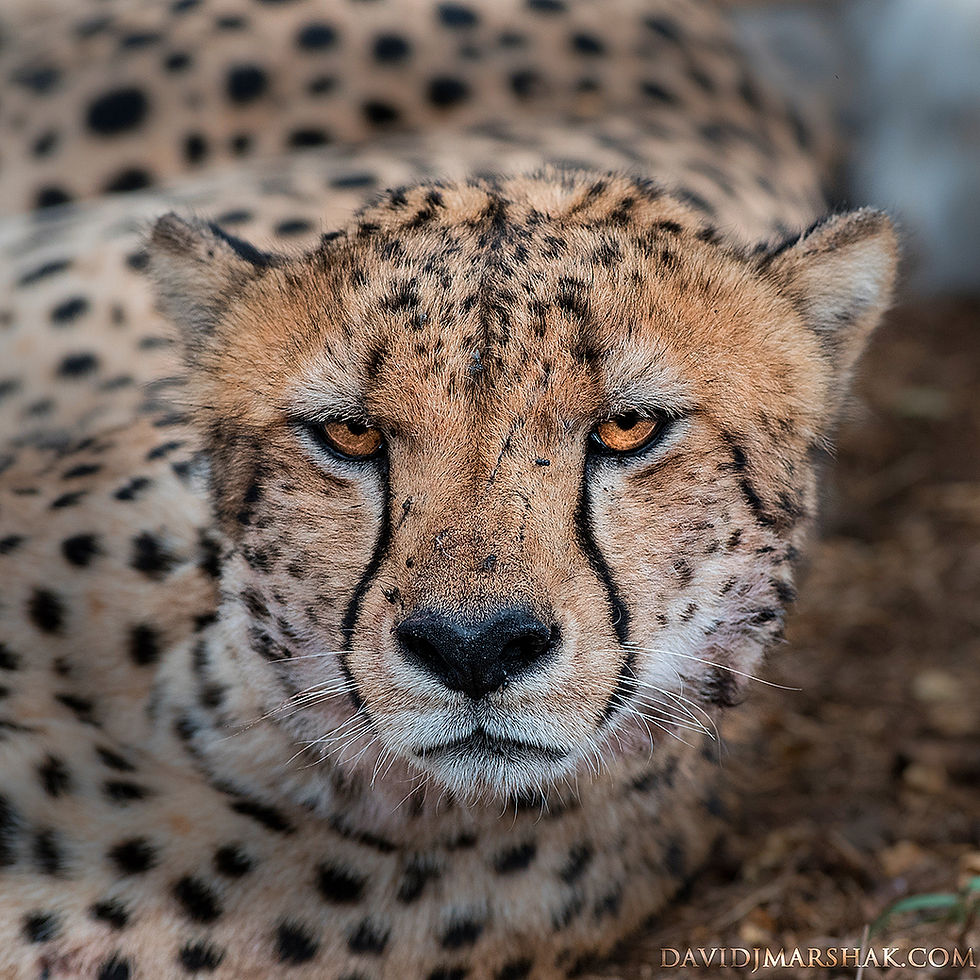
As I have mentioned before, my epic seven year quest to finally see and photograph African Wild Dogs finally came to an end thanks to the hard work and dedication of Marlon Du Toit and Grant Marcus. The two of them, along with Jono Buffey, managed to secure five days for me at the beautiful Nkurru Lodge last April. I had been all over the continent to many of their final strongholds. I nearly missed them in Ruaha in Tanzania. They were on a den with pups and we didn't want to to disturb them in Mana Pools in Zimbabwe. Wildlife photography is about preparation, attention to detail, and ultimately luck and good timing. Everywhere I went in search of dogs luck wasn't on my side. Marlon suggested Madikwe partially because he knew there was a strong pack there, but also because it is a closed system. The reserve, though quite large, is contained by an electric perimeter fence. The fence is as much there to keep danger out as it is to keep the animals in. If you've followed any of my previous entries then you know there was a happy ending. After six difficult days of tracking and grinding by foot and car, I finally got my dog sighting. As that part of my trip has been very well documented here and elsewhere, I'll focus the rest of this post on Madikwe itself.
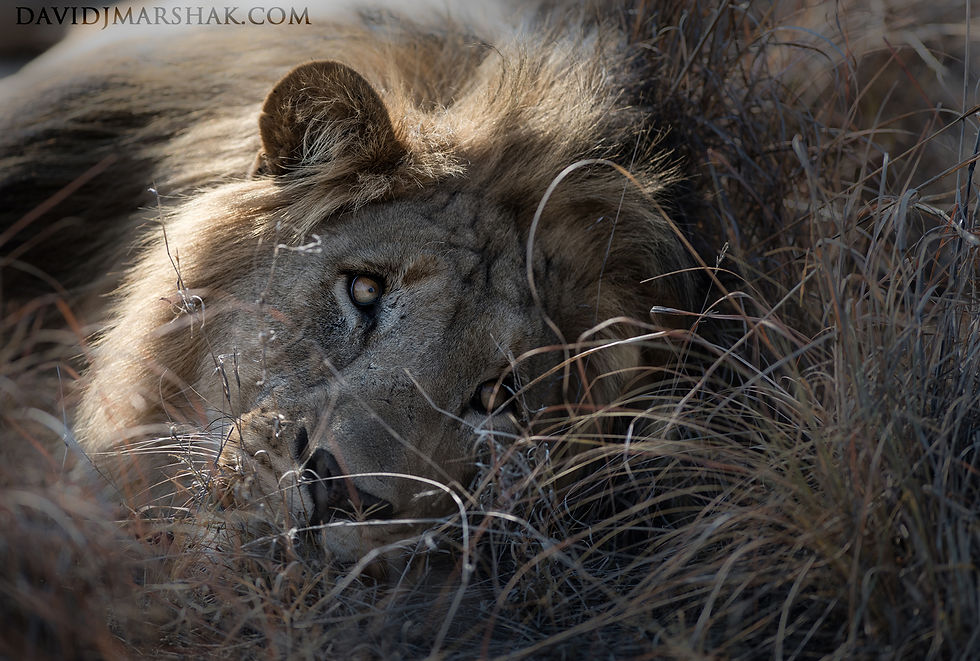
The Madikwe Game Reserve is situated about 90 km north of Zeerust. It is made up of 750 square km of reclaimed farmland, just south of the Botswana border. The land itself was poor for farming, and so it was converted into a reserve as native plants and animals were reintroduced. In 1992 Operation Phoenix, one of the most expansive and aggressive wildlife relocation projects in history, moved breeding herds of elephants, rhino, cape buffalo, and a large number of antelope into the reserve. Transvaal lions, cheetah, wild dog, and spotted hyenas followed soon after, creating a complete ecosystem within the area. It is a triumph of conservation, and is one of the best locations to visit for photographers and general safari goers alike, as it is an easy three to four hour drive from Johannesburg and is in a non-malarial region. All "big five" animals are present, as leopards were in the area even before the reclamation project.
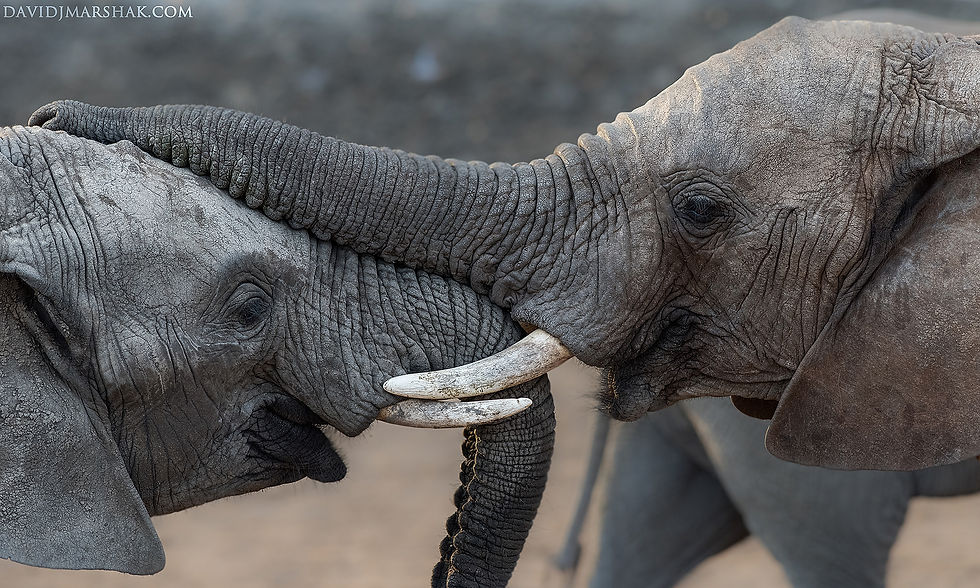
The landscape in Madikwe is stunning. It lies in a transition zone between low bushveld and the Kalahari desert region. The Drakensberg escarpment sets a nice backdrop for the rocky rolling hills, sitting on the Southern African Plateau. These are some of the oldest formations on earth and the area is a geologists delight as well as a premium wildlife destination.

I was there for the wildlife though, and this place absolutely delivers on all accounts. I stayed at the Nkurru Lodge thanks the generosity of Jono Buffey, while being guided by Marlon and Grant. The rooms are wonderful and the views are spectacular. Nkurru has a small water hole behind the lodge that is fed by a bore hole, and it attracts all manner of game both day and night. Some of my best experiences in the reserve were right at the lodge, including spectacular night sightings of lion, rhino, and even an elusive brown hyena who came in to drink while were having dinner. Aside from the dogs, the highlights of the trip for me were the elephant and rhino herds, as well as some of the most stunning lions you will see anywhere.
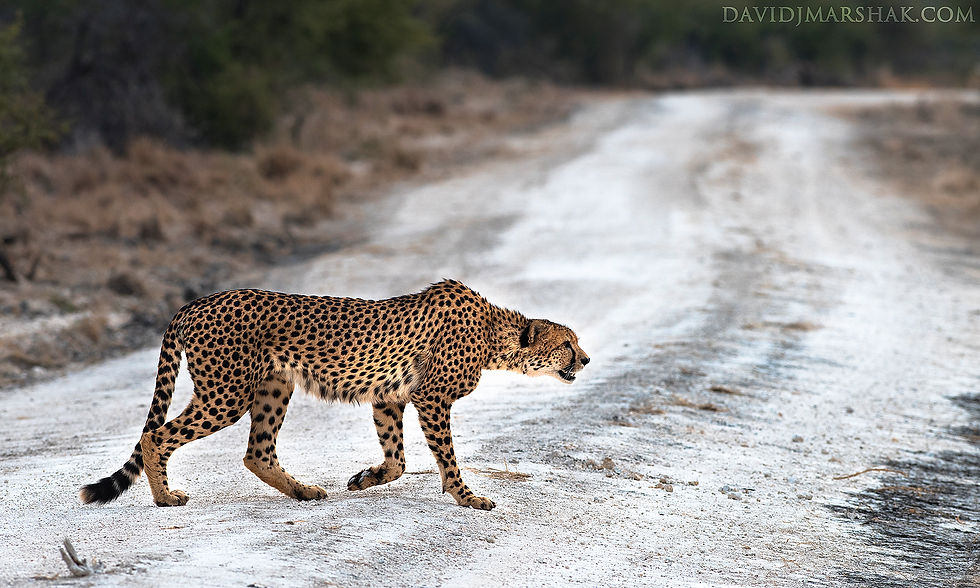
Madikwe's lions were brought in from the Kalahari and are Transvaal lions. Among other things, this means the males are quite large and impressive. I had a few lazy daytime encounters with them, but the most exhilarating moments came on a night drive. In one of the most visceral experiences I've ever had, we listened to a kudu kill by the pride just meters off the road.
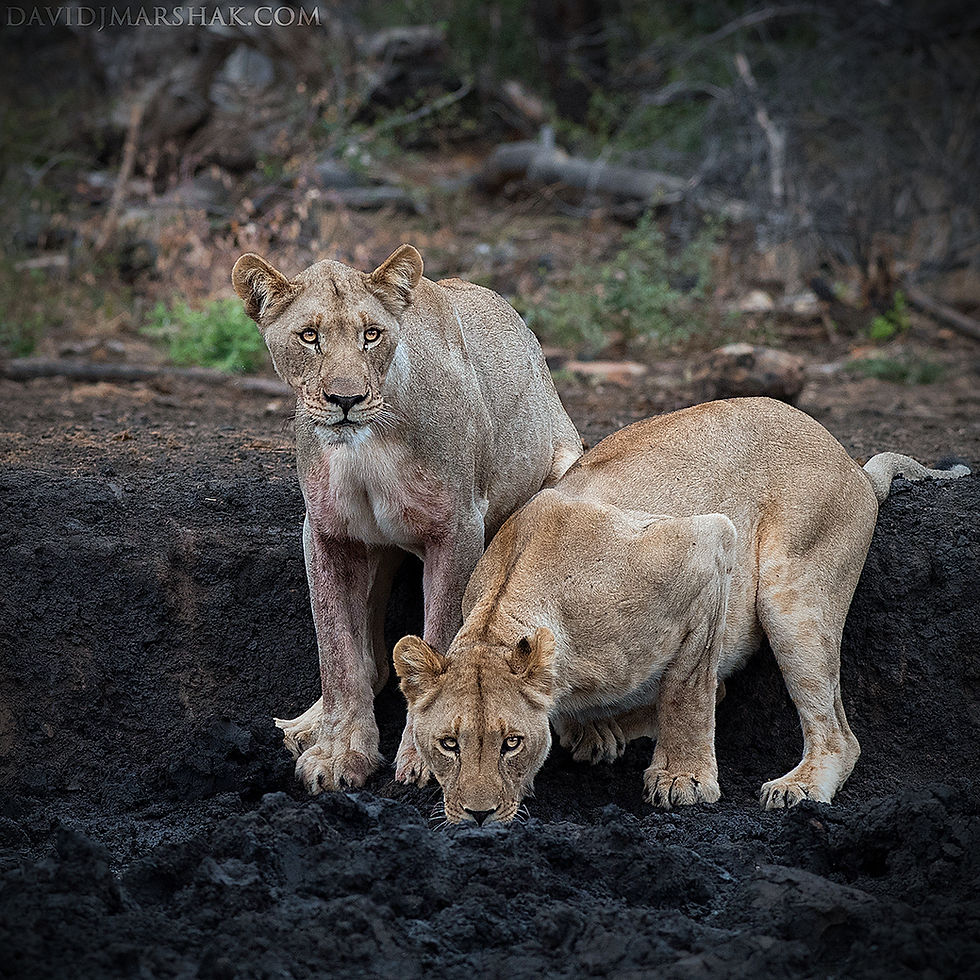
With hyenas calling and circling the area, we killed the engine to the car and shut off the spotlight and just listened to the feeding. It was an indescribable experience. There were also good spotted cat sightings as well. At the time I was there Madikwe had a four brother coalition of cheetah that were thriving (half of the coalition has since been relocated to another reserve, they were so dominant that attempts to introduce females were proving difficult.) In addition to the cheetah we also saw a marvelous young female leopard known as Tsala.

Despite her youth and petite size she had already successfully brought up multiple cubs, and is gaining a reputation as a prolific leopard in the reserve. You can find out more about the leopards of Madikwe here on their very own Facebook page. We spent a few minutes with her on the hunt, and then she settled into some thick brush, but left us with the perfect angle to take her portrait. She was a small leopard, but impressive. She was the very essence of elegance and deadly style. As I mentioned above leopards were not introduced into the reserve, but rather had been there all along, even when it was predominantly farmland. They are the ultimate survivors and often live in close proximity to humans without us ever knowing they are there. I have often said that on my various safaris, far more leopard have seen me, than I have seen leopard. This actually makes it difficult to maintain a good idea of their numbers, but like all African wildlife they are coming under increasing pressure as they are forced to either coexist with people, or are forced into smaller and smaller habitat areas with competitors like lion and hyena.
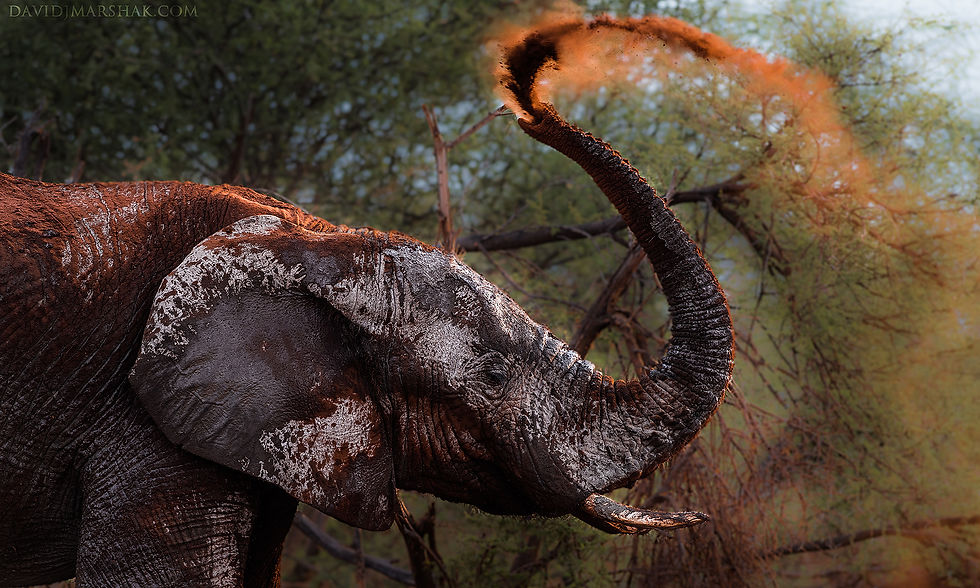
The elephants were absolutely amazing to watch. When I visited the reserve was dealing with a drought, which made water holes and dams the place to be for all of the animals. By setting up at the various water sights we were able to witness the complex family interactions and saw every manner of elephant behavior imaginable, from delicate personal interactions to hostility towards the cape buffalo and other visitors competing for prime drinking places. The elephant population has actually done so well that ecologists are concerned that the population may be putting too much pressure on the environment. Though the area of the reserve is quite large, it is still closed, so migration is not an option during stressful times.
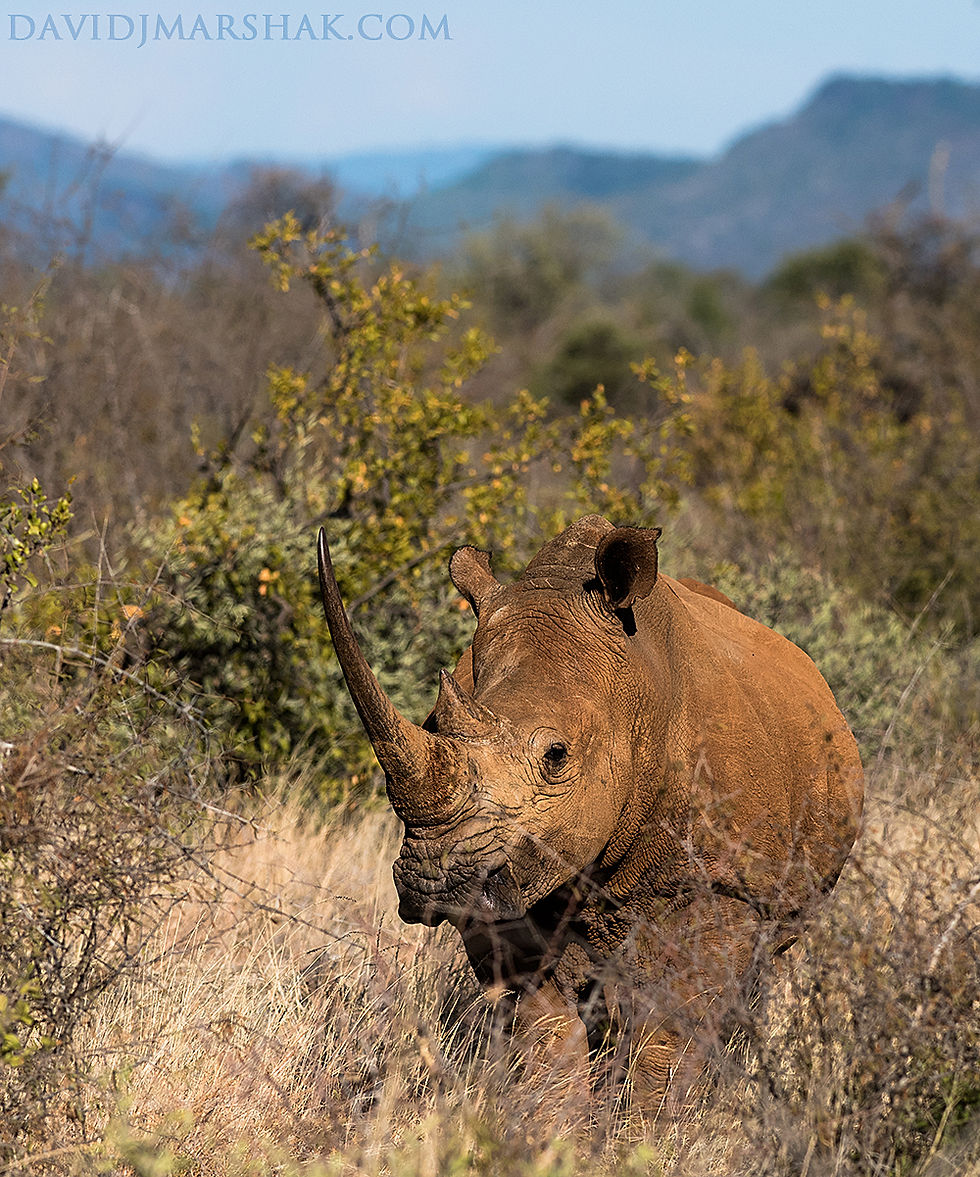
While the elephant population climbs, the number of rhino in the reserve is stable, and this is one of the best places on the continent to come and see large herds, or crashes, of rhino together. We had a stunning opportunity to photograph a large rhino who came in to the Nkurru water hole after dark. With a spotlight and a lot of courage from Grant, Marlon and I were able to capture some truly remarkable images in the darkness. That waterhole proved to be productive the entire time that I was there, and I not only was able to photograph well known and iconic species there, like lion and rhino, but also general game as zebra, kudu, impala, and buffalo all made trips to visit in between game drives during the day. I spent my last few moments of the trip before we left to return to Johannesburg just sitting on the deck by the water hole listening to the sounds of the bush, waiting to see who or what might come in to visit. I found an incredible sense of peace there, and Marlon often found it difficult to pry me away from that very spot.
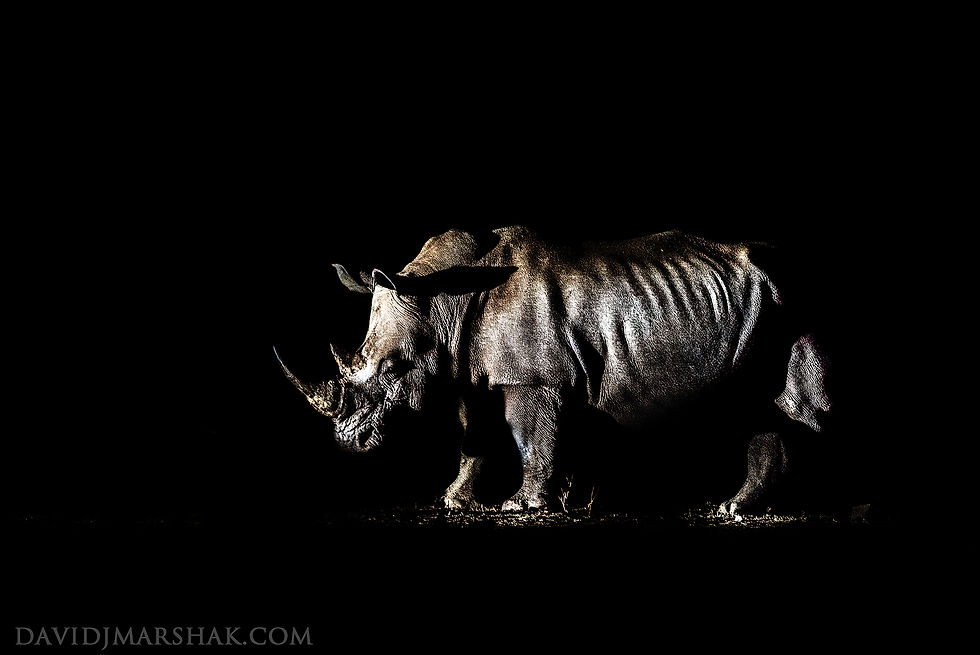
All things considered, this was one of the best locations I have ever visited to see predators and general game alike. Because it is a private reserve there are opportunities in Madikwe that you might not find in other well-known parks, such as night drives or tracking animals on foot. That epic quest I alluded to above for wild dogs often included abandoning the vehicle and hiking up the rocky hills, chasing audio and looking for tracks. At one point we came upon the remnants of a large kill, and had lion tracks. Fortunately, or unfortunately depending on your point of view, the lions had moved on by the time we followed the drag marks to the feeding sight. Aside from the big five there were also opportunities to photograph some of the unique lesser celebrated animals on this trip.
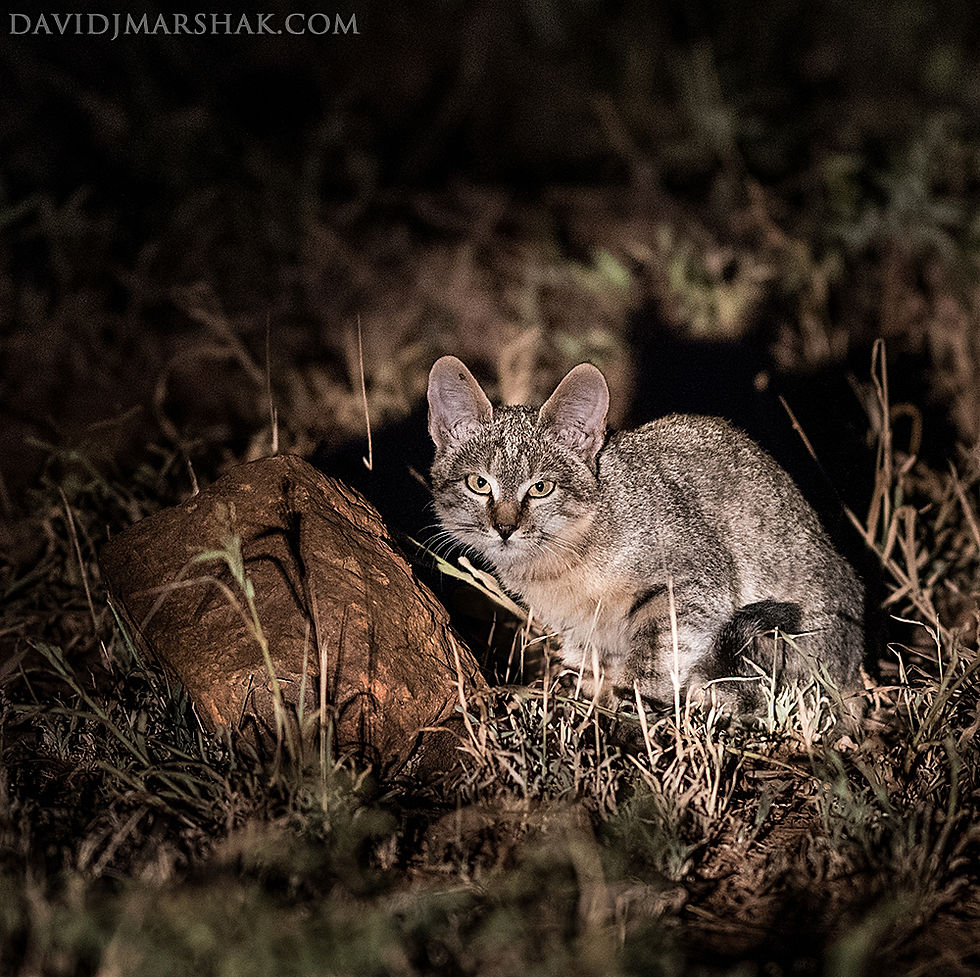
There were good owl sightings on those night drives and I had the chance to see a chameleon and experiment a bit with different lighting techniques. I got down on eye level with a tortoise, and African wild cat was even on the photographic menu. If you saw a wild cat in the bush you wouldn't think much of it, as apart from some large ears they look much like a normal grey house cat. They aren't particularly rare animals, but they are rare sightings as they are nocturnal and often secretive. The one we saw had just killed a field mouse of some kind, and allowed us to take his photo before he vanished again into the darkness.
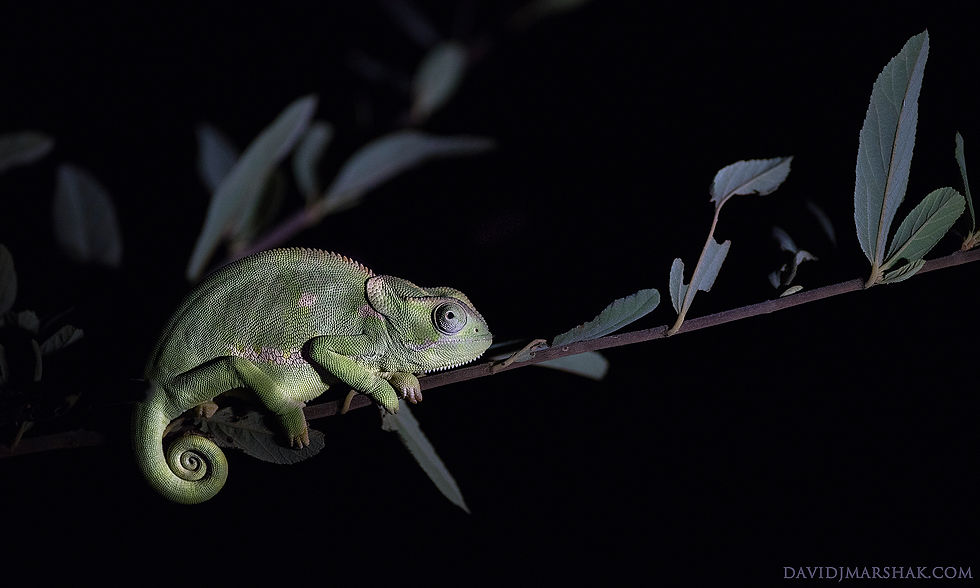
This was one of the most rewarding expeditions I have ever been on, and I did some of my best work ever on this trip. In my African wildlife portfolio you will see many images that come from Madikwe. By the time I went on this trip I had already worked under Marlon's tutelage a few times and had nailed down many of the more technical skills that I had been previously been lacking, and I was also much farther along in my search to find a photographic identity and vision for myself. Ultimately though, it was the opportunity Madikwe afforded me in its wonderful and bountiful wildlife that made this trip so successful.
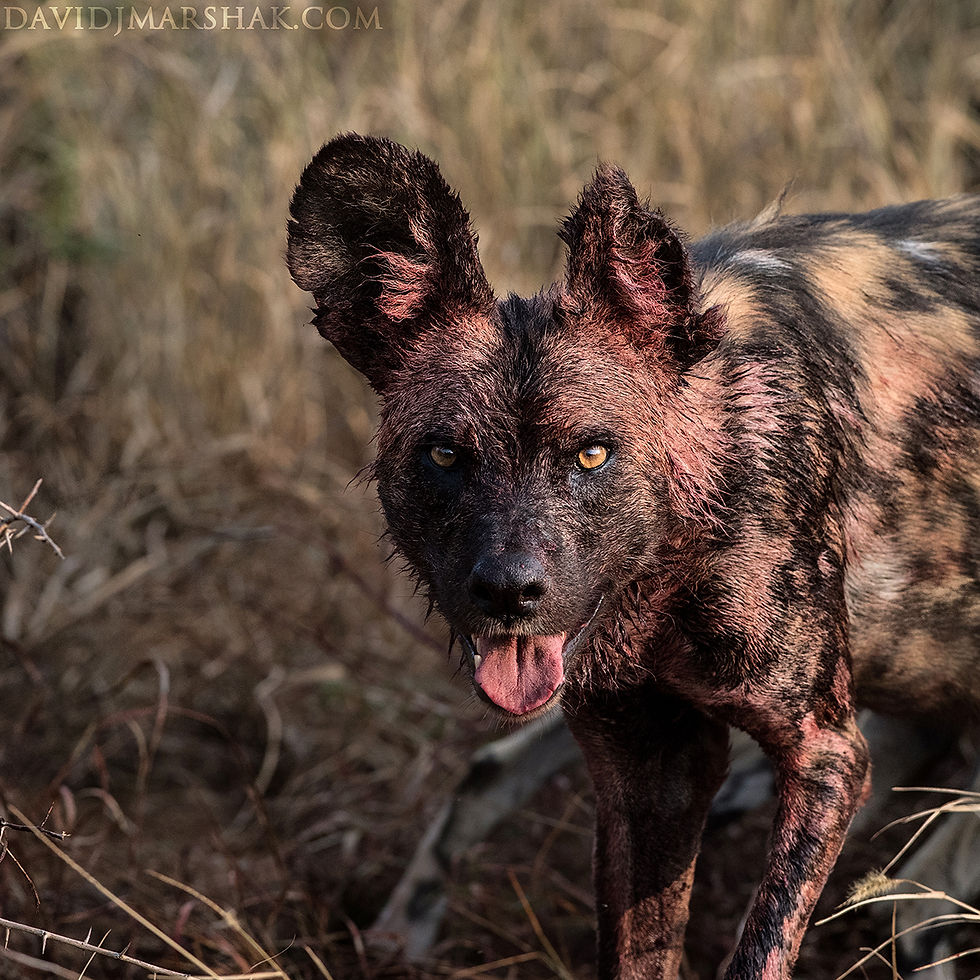
Of course, it also delivered to me my holy grail. Not only did I get my wild dog sighting on the last morning of my visit (after six days of tracking them all over the park), but the sighting itself was spectacular. The pack chased and killed an impala ram just a few feet from our vehicle, and we got to watch the feeding and see the young pups. It was the perfect way to end the perfect trip. Madikwe is not hard to get to, has a number of options for lodging, and features some of the best wildlife sighting on the continent. I highly recommend it be added to any itinerary in this region. You won't regret it.
~DM

Comments